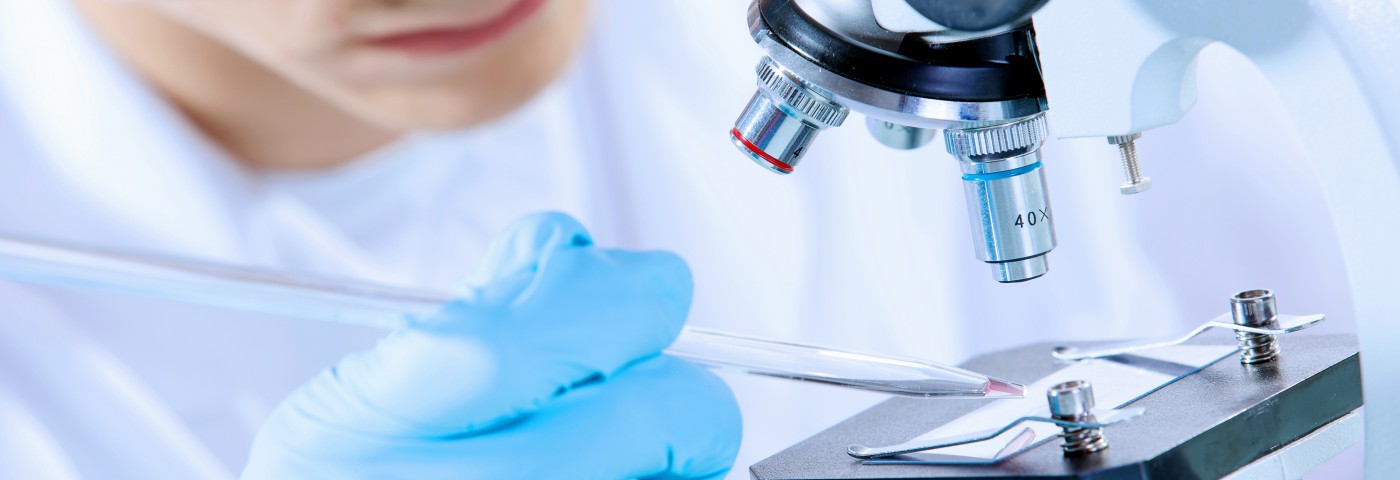Two novel studies reported a new potential way of treating diabetes — a device that, once implanted in mice, protected human stem cell-derived beta cells from destruction by the immune system and allowed insulin to be produced and stored in the body.
The studies were titled “Long-term glycemic control using polymer-encapsulated human stem cell–derived beta cells in immune-competent mice” and “Combinatorial hydrogel library enables identification of materials that mitigate the foreign body response in primates.” They were published in the journals Nature Medicine and Nature Biotechnology, respectively, and done by scientists at the MIT’s David H. Koch Institute for Integrative Cancer Research in collaboration with colleagues at the Harvard Stem Cell Institute (HSCI).
“This report is an important step forward, in an animal model, because it shows that there may be a way to overcome one of the major hurdles that have stood in the way of a cure for type 1 diabetes. Now, thanks to the outstanding work … we have stem cell-derived beta cells that can provide insulin in a device that appears capable of protecting them from immune attack,” Dr. Doug Melton, Harvard’s Xander University professor and a Howard Hughes Medical Institute investigator, said in a Harvard press release.
Researchers showed that human embryonic stem cells encapsulated in a polymer device that shields them from the attacks of the immune system, when implanted in immune-competent mice (later chemically induced to develop type 1 diabetes) are capable of correcting the glucose levels. Moreover, researchers identified a myriad of materials that reduced foreign body reactions in both rodents and, for at least six months, in non-human primates, allowing the successful implantation of devices with therapeutic and medical interest.
“We are excited by this new technology and are working hard to advance it to the clinic. These papers represent seven or eight years of work at MIT. We started working with Doug a few years ago when he began producing beta cells from human embryonic stem cells (hESC),” concluded Dr. Daniel Anderson, Nature Biotechnology lead author and the Samuel A. Goldblith professor of applied biology at MIT.


